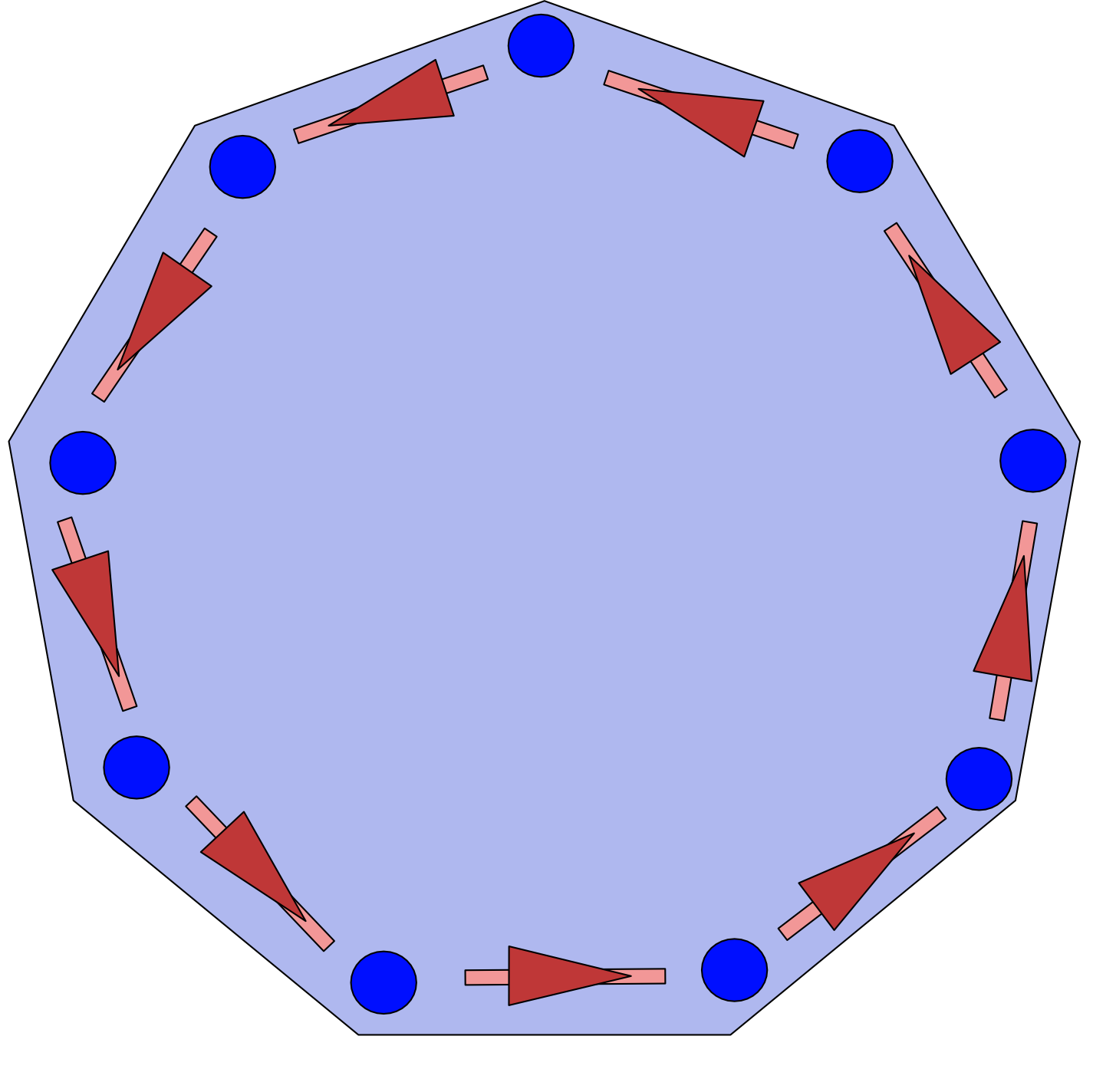Pass A Large Ball Around The Circle
Purpose:
- The process has students interacting and connecting from their kinesthetic sense with one another.
- This simple act helps student learn to attend to and attune to an others' signals and cues.
- Learn to cooperate
- Develop executive function- move deliberately rather than impulsively.
- Passing the ball with care teaches a certain sense of caring and distinguish this caring from either 'dead fish' relating or 'beating' relating.
- Entrain to a steady stable rhythm.
- Student tosses the ball to next student.
- Without using words, show student what they are expected to do.
- Be very specific for this game, when we are passing, both students have both of their hands on the ball.
- Student passes ball roughly, drops it too quickly (before other student has a grasp on it.), or bounces it.
- Insist that this will be done as directed and not get stuck in a non productive power struggle. celebrating negative behaviors.)
- Have puppets 'Take Over The Problem'
- "We will be throwing and bouncing balls together but only we master this level".
- Student holds the ball and refuses to pass it(resource guarding)
- Take over the Problem
- Get another ball and have other students pass that. Message -it can be more fun to play with others than to have everything for your self.
- Student is oblivious of the other student
- Ask student specific question about other student.
Where are X arms? What is X looking at? - Student tries to speed up and rush.
-
-
This seeking to go faster, have more intensity and rushing is very common in our culture. Sensei can pass ball back on forth with this student to help student feel a stable rhythm.
Directions:
With assistant or Puppet, model the 'Dead Fish Pass' - half-hearted, dropping the ball, looking away.
Model the 'Beating Pass' - that is overly rough, pushing the other. Be rough enough and let the puppet show that he is genuinely hurt.
How to you think the puppet feels when the he receives a dead fish pass? How does the puppet feel whe the ball is pushed at him roughly.
Turn to students, "how do you think we should pass the ball to each other?"
Pass with two hands, passer and receiver should both have their hands on the ball for a moment. Passer should actually sense with the receiver has control of the ball.
As they attempt to do this, give clear precise descriptive feedback particularly of what they are doing well.
"I like how you had your two hands on the ball and waited for your partner to take the ball; I like how you exchanged eye contact".
The more a student senses that moment the more they invoke their 'salience/feel network, not just their do/ deal network. (Network Balance Model).

Glitches:
Extensions:
Pass-LargeBall-AroundTheCircle-ReceiveBouncePass